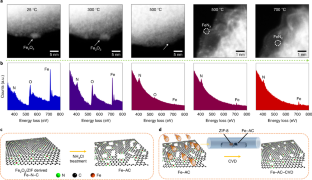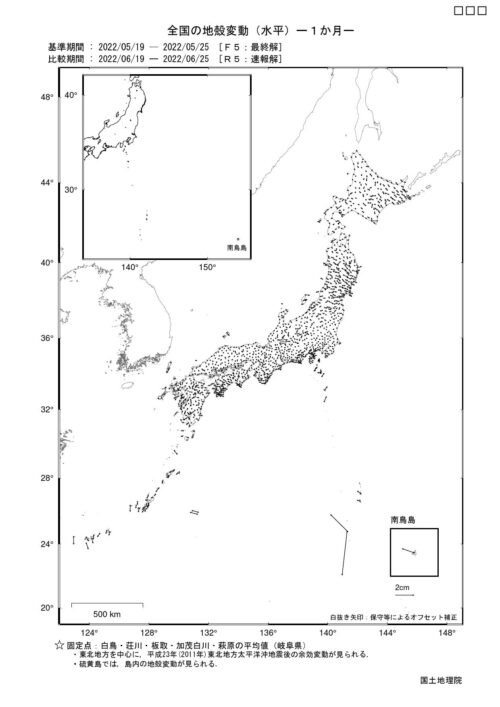プラチナが高価なため、環境に優しい燃料の商業化を何十年も妨げてきたのですが、この低コスト触媒はその代替となり得ることが研究で明らかになりました。 Study shows the low-cost catalyst can be a viable alternative to platinum that has stymied commercialization of the eco-friendly fuel for decades because it’s so expensive
2022-07-07 バッファロー大学(UB)
研究チームは、鉄に4個の窒素原子を結合させた。そして、この材料を数層のグラフェンに埋め込み、「局所的な幾何学的・化学的構造を原子レベルで正確に制御した。
その結果、触媒の構造が大きく改善された。
現在までに製造された鉄系触媒の中で最も効率が高く、DOEが2025年に目標とする電流密度を超えていると考えられる。
白金族触媒に匹敵する耐久性を達成した。
これらのことから、この鉄系触媒は、燃料電池、特に水素燃料電池をより安価に実用化できる可能性を持っている。
<関連情報>
- https://www.buffalo.edu/news/releases/2022/07/006.html
- https://www.nature.com/articles/s41560-022-01062-1
燃料電池用高活性・高耐久性酸素還元触媒としての窒素-炭素コーティングされた原子状鉄サイト Atomically dispersed iron sites with a nitrogen–carbon coating as highly active and durable oxygen reduction catalysts for fuel cells
Shengwen Liu,Chenzhao Li,Michael J. Zachman,Yachao Zeng,Haoran Yu,Boyang Li,Maoyu Wang,Jonathan Braaten,Jiawei Liu,Harry M. Meyer III,Marcos Lucero,A. Jeremy Kropf,E. Ercan Alp,Qing Gong,Qiurong Shi,Zhenxing Feng,Hui Xu,Guofeng Wang,Deborah J. Myers,Jian Xie,David A. Cullen,Shawn Litster & Gang Wu
Nature Energy

Abstract
Nitrogen-coordinated single atom iron sites (FeN4) embedded in carbon (Fe–N–C) are the most active platinum group metal-free oxygen reduction catalysts for proton-exchange membrane fuel cells. However, current Fe–N–C catalysts lack sufficient long-term durability and are not yet viable for practical applications. Here we report a highly durable and active Fe–N–C catalyst synthesized using heat treatment with ammonia chloride followed by high-temperature deposition of a thin layer of nitrogen-doped carbon on the catalyst surface. We propose that catalyst stability is improved by converting defect-rich pyrrolic N-coordinated FeN4 sites into highly stable pyridinic N-coordinated FeN4 sites. The stability enhancement is demonstrated in membrane electrode assemblies using accelerated stress testing and a long-term steady-state test (>300 h at 0.67 V), approaching a typical Pt/C cathode (0.1 mgPt cm−2). The encouraging stability improvement represents a critical step in developing viable Fe–N–C catalysts to overcome the cost barriers of hydrogen fuel cells for numerous applications.



